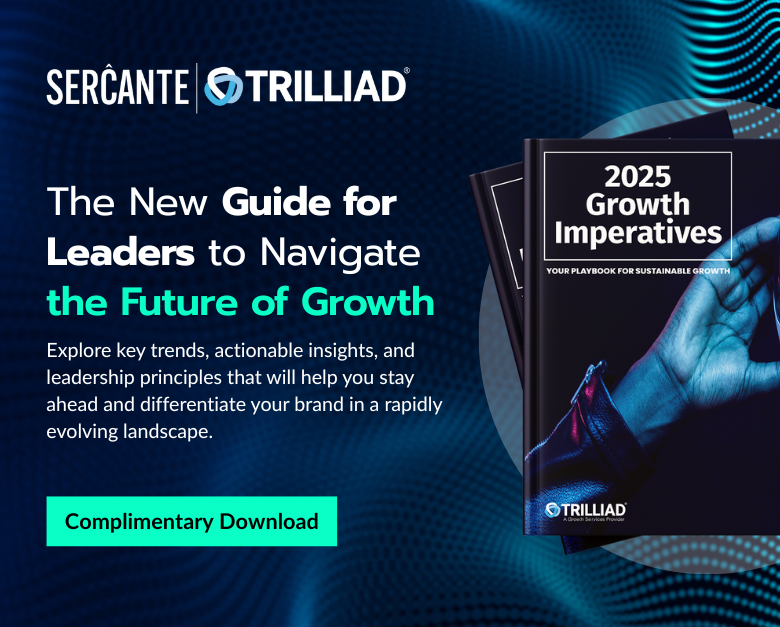A customer data platform (CDP) is a unified customer database where many different external and internal sources are collected, cleaned, and aggregated to build rich individual customer profiles. These unified customer profiles can then be made available to marketing, sales, and support teams for achieving increased sales, enhanced customer experiences, and improved customer support. If you’re wondering if you should implement a customer data platform, then read on to get six reasons why it’s a good idea.
Building personalized customer experiences
Customers expect more personalized experiences today — they’re demanding more in return for sharing their personal information with an organization. When customers supply their information to one department, they expect the updated information to be available company wide.
However, that is frequently not possible because customer data often exists separately within many different departments. There is rarely a single source of truth. In this situation, a CDP can connect these siloed customer data sources.
CDPs create a complete view of the customer journey
It’s not just that customer data is siloed. The amount of data continues to grow exponentially for many reasons, one is that there are more touch points now in a customer journey.
A customer may start their morning searching for an item on their home computer then continue their search on their mobile device while in transit to work. Later, they may spend their lunch hour browsing on their laptop, ultimately making their final purchasing decision on their tablet in the evening.
A CDP can help stitch together these interactions to provide a more complete view of a customer journey.
Six reasons to implement a customer data platform
- Reason #1. Provide better and more personalized customer experiences
- Reason #2. Solve problems related to data silos/disconnected databases
- Reason #3. Manage more complex customer journeys with multi-touch points
- Reason #4. Prepare for the demise of third-party cookies in 2024
- Reason #5. Comply with government regulations regarding privacy
- Reason #6. Use unified profiles in data clean rooms
These first three reasons why you’d want a customer data platform aren’t necessarily new. It’s a marketer’s goal to deliver the right message at the right time through the right channel by building an understanding of who the customer is and what they want. However, there is a new sense of urgency.
Creating unified customer profiles has become much more important due to recent external driving factors. Those driving factors are the fourth and fifth reasons included in the list below.
Data privacy and the end of third-party cookies
With the availability of information from third-party cookies, it wasn’t a priority for most organizations to expend the resources developing a complete view of their customers. Indeed, it’s expensive to build a complete 360-view of the customer that would allow for more personalized experiences, and it’s been relatively inexpensive for marketers to frequently send communication blasts to a wide audience.
Soon, however, marketers will no longer have a cheap and easy source of consumer information gathered from third-party cookies. Today, third-party cookies are already being blocked by some browsers such as Safari and Mozilla Firefox. In the latter half of 2024, Google plans to completely deprecate all third-party cookies.
The excessive exploitation of technology, including the misuse of third-party cookies, has had the unintended consequence of governments stepping in to create regulations to better protect the privacy of consumers. Obtaining consumer consent and keeping track of this consent, now required, is an important reason marketers should consider using a customer data platform.
Building unified customer profiles within a CDP
A CDP offers organizations a way to bring together customer data to develop a more clear and complete picture. With the unified profiles developed in a CDP, organizations can now develop a first-party data strategy that can be extended with the use of other tools and platforms like a data clean room.
A data clean room, the ultimate in data sharing and data collaboration, provides new opportunities for organizations to process and analyze data more efficiently while still managing the data in a compliant way.
Other departments feel benefits of implementing a CDP
Marketers may initially have the most to gain by using a customer data platform, but unified customer profiles can also result in many benefits for sales and service teams. Importantly, the enterprise must adhere to new regulations and privacy laws.
A customer data platform is often the best way to ensure that the customer profile is complete and accurate. That way, when a customer makes a request related to privacy, the organization can comply with the request.
So, how does a CDP actually work? In the next blog post, we’ll discuss the five major components of a customer data platform.
Remember to reach out to the team at Sercante for guidance when you’re ready to implement a CDP at your company or organization.










